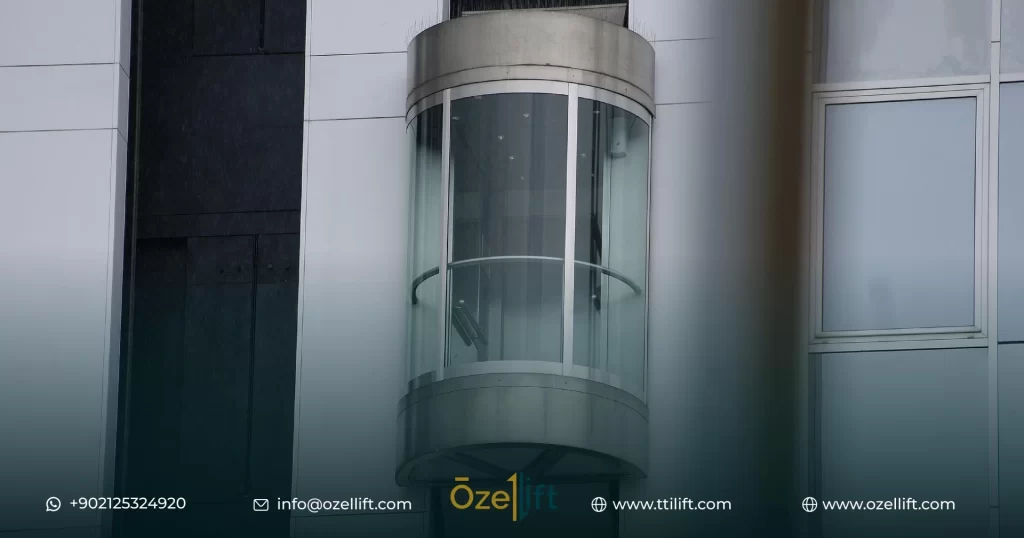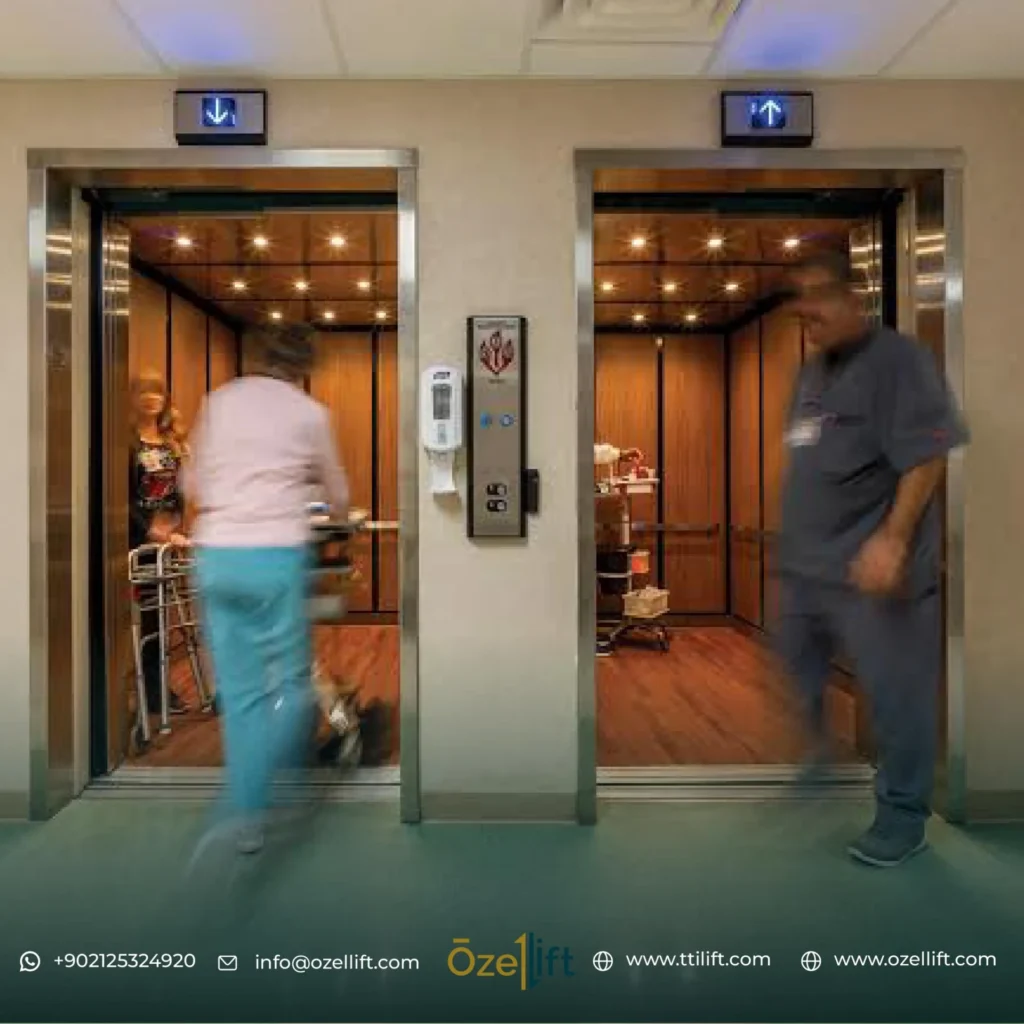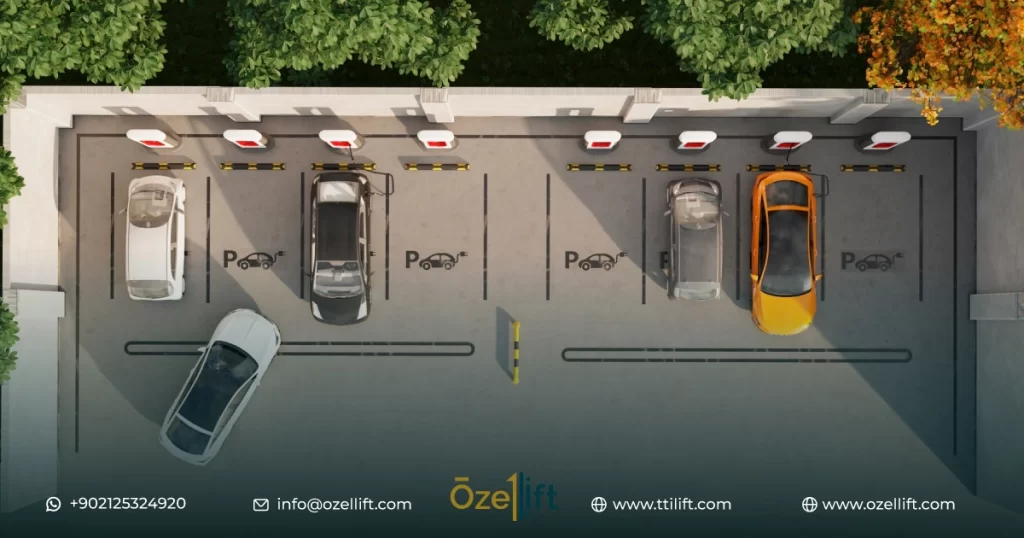Choosing between geared and gearless traction elevators hinges on your building’s needs. Geared elevators, ideal for mid-rise buildings, offer cost-effectiveness and durability but consume more energy and are noisier. Gearless elevators, suitable for high-rises, provide smoother, faster rides and energy efficiency, though they come with higher initial costs and complex maintenance requirements.
When it comes to choosing an elevator for your building, two main options spring up: geared traction and gearless elevators. Both have distinct characteristics, advantages, and drawbacks, affecting everything from performance to cost. In this exploration, we’ll dive into the differences between these two types of elevators, providing you with the pros, cons, and cost implications to help you make an informed decision. Whether you’re constructing a new building or upgrading an existing one, understanding these options is key to selecting the right elevator for your needs.
Geared Traction Elevator vs Gearless: Pros, Cons, and Costs
When it comes to elevating our experiences, quite literally, the choice between geared traction and gearless elevators becomes pivotal. Both have their unique features, benefits, and, yes, downsides. Let’s elevate our understanding of these two systems by diving deep into what they offer, their pros and cons, and how their costs weigh against each other.
Understanding Geared Traction Elevators: A Simple Guide to Their Efficiency and Reliability
Geared traction elevators have been the backbone of mid-rise buildings for decades. These systems utilize gears to rotate the elevator’s hoist ropes. The heart of a geared traction elevator is its motor, which is connected to a gearbox. This gearbox then controls the elevator’s movement by turning the hoist sheave. While this might sound complicated, think of it as a bicycle system – where the pedals (motor) turn the chain (gearbox) to propel the bike forward (elevator moving)
Geared traction elevators usually travel at speeds up to 500 feet per minute and are considered ideal for buildings ranging from a few stories up to about 20 stories. Their reliability and durability make them a go-to option for many developers and building owners.
Pros and Cons of Gearless Elevator
Stepping into the future, gearless elevators ditch the gearbox for a more direct approach. These systems use a motor that directly drives the hoist sheave without the need for gears. This might sound like upgrading from a bicycle to a sporty motorbike – more power, smoother ride.
Gearless elevators can reach higher speeds than their geared counterparts, usually up to 2000 feet per minute, making them the preferred choice for skyscrapers and very tall buildings. The direct drive allows for a smoother and more efficient operation, which translates into a quieter, more comfortable ride.
Pros and Cons of Geared Traction Elevator
Pros:
– Cost-Effective: Compared to gearless designs, geared traction elevators are generally more affordable in terms of initial installation.
– Durability: With the right maintenance, these systems can last decades, proving to be a reliable choice.
– Moderate Speed: Ideal for mid-rise buildings where extreme speeds are not necessary, thus balancing efficiency and cost.
Cons:
– Energy Consumption: They tend to consume more energy compared to gearless elevators due to friction and inefficiencies in the gearbox.
– Noise Level: The presence of gears can make the operation noisier, which might be a consideration for certain environments.
– Speed Limitations: For very tall buildings, the speed offered by geared traction elevators may not be sufficient.
Pros and Cons of Gearless Elevator
Pros:
– Energy Efficiency: By eliminating the gearbox, gearless elevators operate more smoothly and with less energy.
– Quiet Operation: The direct drive system makes for a quieter ride, which can be a critical factor in luxury residential buildings or offices.
– High-Speed Capability: Perfect for skyscrapers, gearless elevators can quickly move occupants up and down without the wait.
Cons:
– Higher Cost: The advanced technology and performance benefits come at a higher installation and initial cost.
– Complex Maintenance: While maintenance might be less frequent, when it is required, it can be more complex and costly due to the sophisticated technology involved.
– Installation Constraints: Due to their design, gearless elevators may require more significant architectural considerations, making them less versatile for retrofit projects.
Cost Comparison between Geared Traction and Gearless Elevators
Discussing the financial aspect, geared traction elevators usually present a lower upfront cost than gearless systems. The simplicity in their design translates to more affordable installation and component expenses. However, when considering long-term use, the energy efficiency and lower maintenance requirements of gearless elevators can offset their higher initial cost, especially in buildings with very heavy usage or extreme heights.
For a mid-rise building, the cost difference might sway in favor of geared traction, while for a skyscraper, the long-term benefits and operational efficiencies of a gearless system could justify the higher investment.
Factors Influencing Costs – Motor, Maintenance, etc.
When we delve deeper into what affects the cost of these elevators, several factors come into play:
– Motor Efficiency: Gearless elevators tend to have more efficient motors due to direct drive, which, although more costly upfront, can lead to energy savings.
– Maintenance Requirements: Geared systems, while robust, usually require more routine maintenance than gearless options. This aspect can contribute to ongoing operational costs.
– Building Height: Taller buildings necessitate elevators with higher speed capabilities, which gearless elevators can provide. However, this requirement impacts the cost significantly.
– Customization and Features: Additional features, such as advanced control systems, cabin finishes, and security options, can further influence the overall cost.
In essence, choosing between a geared traction and gearless elevator involves weighing immediate costs against long-term benefits and operational expenses. For lower-rise buildings on a tighter budget, geared traction elevators offer a viable and economical option. Conversely, for high-rise constructions where speed, comfort, and energy efficiency are paramount, gearless elevators, despite their higher upfront cost, might prove to be the most cost-effective choice in the long run.
Speed and Performance: Geared Traction Elevator vs Gearless Traction Elevator
When it comes to speed and performance, gearless traction elevators have the upper hand. The gearless design allows for smoother and more precise movement, resulting in faster travel times and improved ride quality for passengers. This makes gearless traction elevators ideal for high-rise buildings where speed and efficiency are crucial.
Geared traction elevators, while still capable of providing reliable performance, may not match the speed and smoothness of gearless elevators. The gearbox in geared elevators introduces more mechanical components that can impact speed and overall performance. Building owners should consider the specific needs of their building when evaluating speed and performance.
Choosing between a geared traction elevator and a gearless one depends largely on your specific needs, budget, and space availability. Geared elevators, with their affordability and suitability for mid-rise buildings, offer a practical solution for many. In contrast, gearless elevators, though more expensive initially, provide a smoother, faster ride and are more energy-efficient, making them ideal for high-rise structures. Carefully weigh the pros and cons, and consider the long-term operational costs to make a decision that best fits your requirements.
What is a geared traction elevator used for?
Geared traction elevators are used in buildings with a moderate number of floors, like schools or offices. They are reliable and cost-effective, making them a good choice for mid-sized buildings.
What is the difference between geared and gearless motors?
Geared elevators use gears to move, like a bicycle chain, while gearless elevators use a direct system. Gearless ones are smoother, quieter, and more efficient but may cost more.
What is the difference between gearless and MRL elevators?
Gearless focuses on the motor type, while MRL is about saving space. Gearless can be in MRL design, but not all MRL elevators are gearless.
What are the advantages of gearless elevators?
Gearless elevators are energy-efficient, quiet, and can go fast. They save space and, despite a higher initial cost, can be more cost-effective in the long run, especially for tall buildings.



